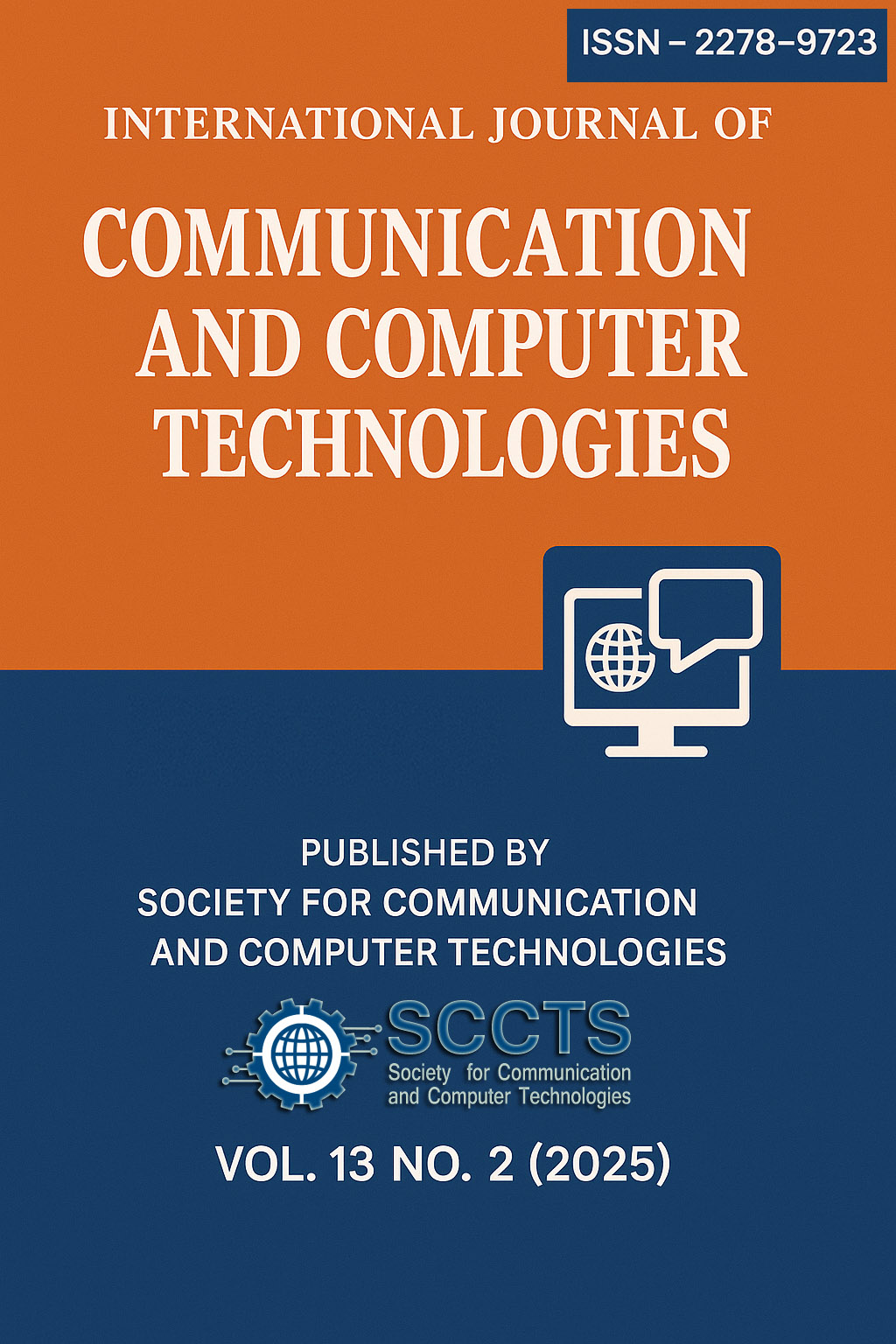Thz Communication Networks, Ultra-Low Latency Communication, and A Large Number of Connected Devices
Keywords:
5G Evolved; Devices; Low Latency; Terahertz; Wireless NetworkAbstract
Future communication networks for the evolution after 5G are expected to revolutionize connectivity worldwide, especially through research on terahertz (THz) communications, ultra-low latency, and a large number of connected devices. This abstract is concerned with the feasibility of THz frequencies which at present have the capability of delivering unprecedented data rates to carry ‘real-time’ and ‘high-definition’ data streams. THz communication explores superior modulation and local oscillator schemes along with new antenna technologies touting high bandwidth capability much ahead of presently available wireless systems. Moreover, high precision is an absolute requirement in several applications like autonomous vehicles, surgeries from a distance, and virtual reality games where any time delay degrades the reliability and the real life like feel. The scale of connected devices to the network is crucial for the IoT scalability, allowing billions of IoT devices to transfer data actively without affecting service quality. The important facets of these next-generation networks have been pointed out in this research that include some of the early problems of signal attenuation, interference, and network new infrastructure. To this end, the challenges outlined above can be overcome to transform the various industries, enhance the connectivity of the world, and unlock innovations that rest on highly efficient, dependable, and sensitive communication technologies in the increasingly digital world.
Downloads
Published
How to Cite
Issue
Section
License
Copyright (c) 2024 International Journal of communication and computer Technologies

This work is licensed under a Creative Commons Attribution-NonCommercial-ShareAlike 4.0 International License.





 The articles in Worldwide Medicine are open access articles licensed under the terms of the
The articles in Worldwide Medicine are open access articles licensed under the terms of the 